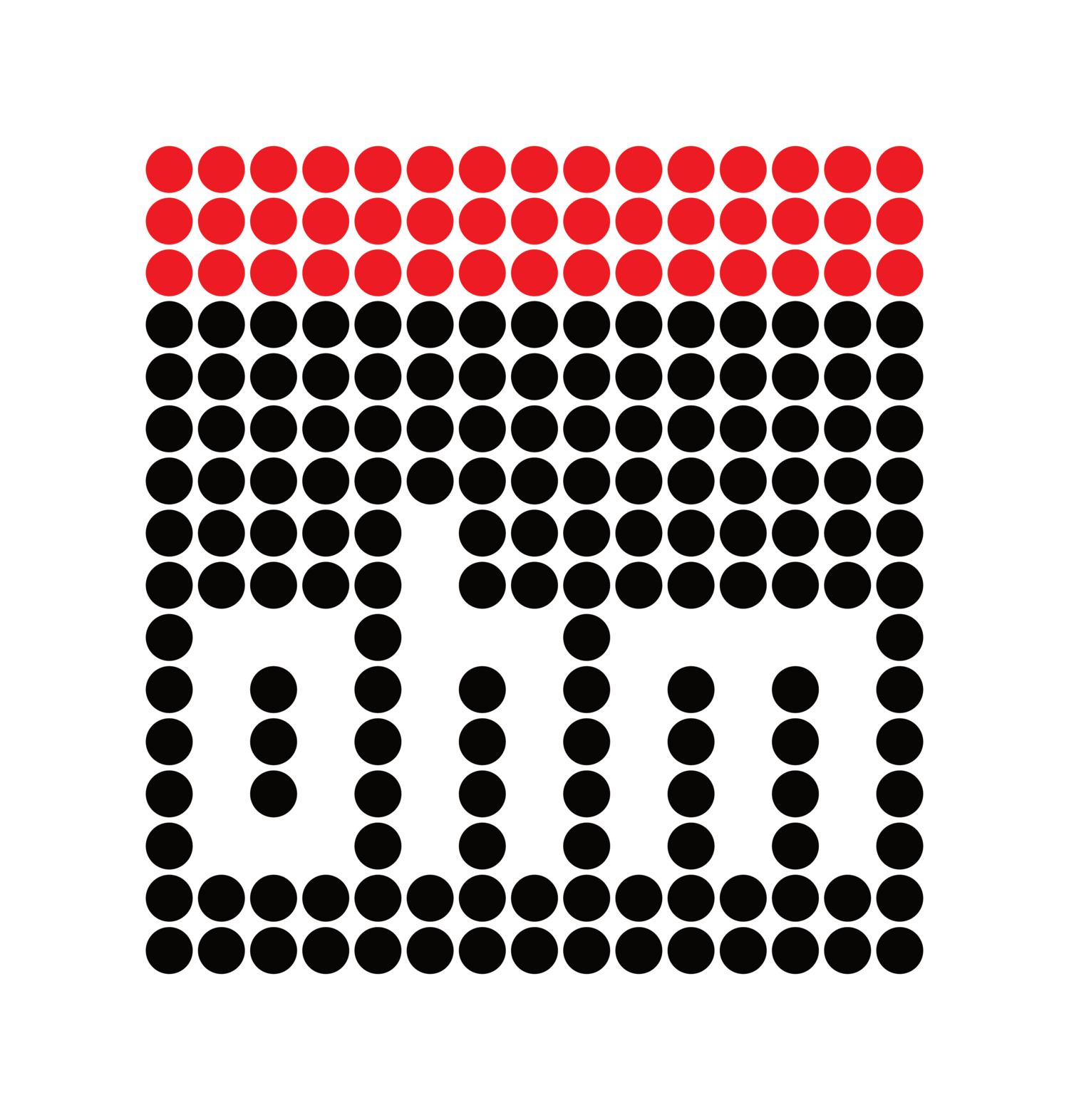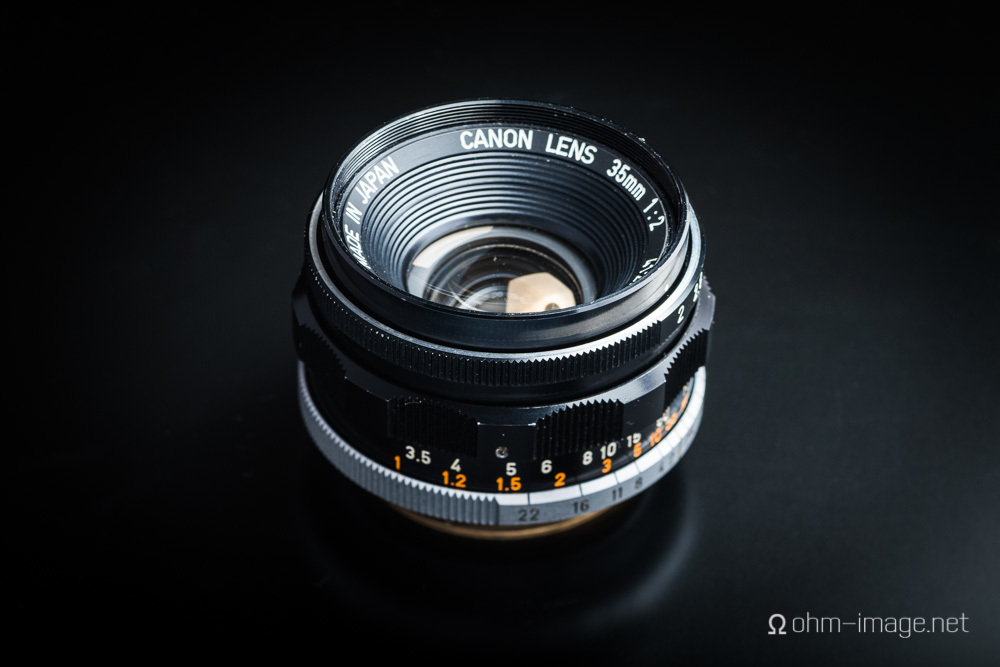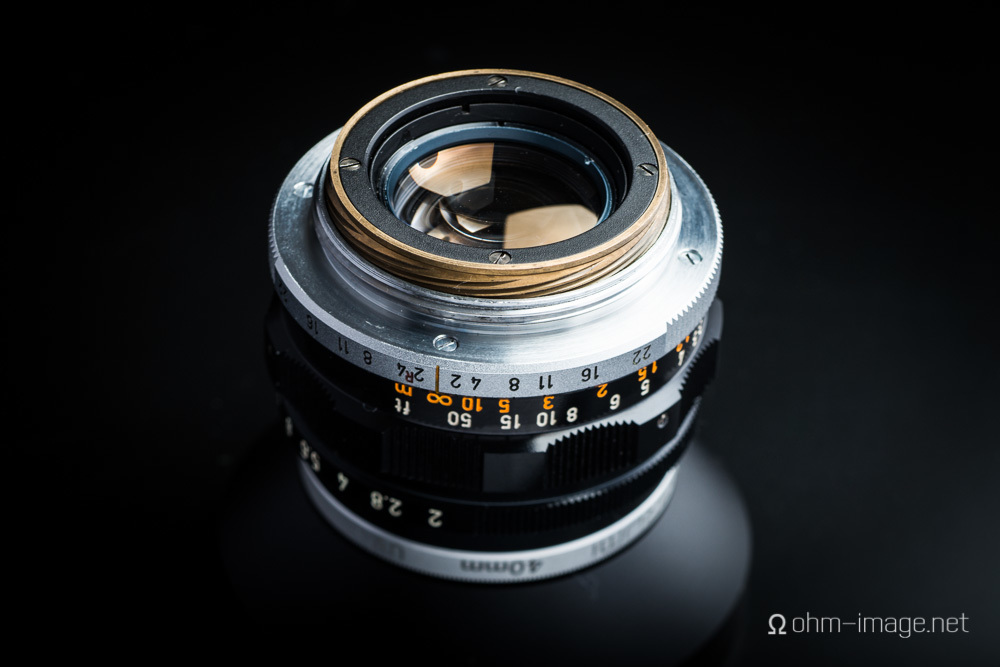If either Fujifilm's next-to-market X-T1 camera or XF 10-24 ultra-wide zoom lens interests you, head very quickly over to KeithLowPhoto for an idea of how the two perform.
size comparison: Fujinon 35 F1,4 - Nikkor 50 F2 - Summicron 50 F2
Left: Fujinon 35; Middle: Nikkor 50; Right: Summicron 50
Yesterday, I opined that the 35mm F1,4 Fujinon was a 'monster'. It is.
One of the reasons I've been slow to pick up digital-age lenses is that, generally, they are much, much larger than their film-age equivalents- at least when comparing depth-of-focus equivalence. The 35mm F1,4 Fujinon covers the smaller APS-C image circle, but is longer, wider, and more voluminous than either the Nikkor 50/2 or the Summicron 50/2, both of which cover image circles roughly 2,25x the size. Of course, neither of the other two autofocus. And while neither the Leica nor the Nikon lenses have as fast a maximum apertures, their effective DOF is the same as the Fujinon wide open.
Despite its size, the Fujinon is lighter than the Nikkor by nearly 40g, and than the Summicron by nearly 13g. Of course, because it lacks focus helicoids and hardware-controlled aperture gears, for all practical comparisons, it is largely a hollow tube.
I've had very little time to test the Fujinon, but I can say that its out-of-focus rendering is, at least to these eyes, more pleasant than either the Summicron or the Nikkor. The Leica tends to over-sharpen highlight points, drawing halos and other aberrations around distant highlights. The Nikkor is much the same. (It's little surprise: the 50/2 Ai Nikkor has been called "the Japanese Summicron".) The Nikkor, however, is one of the centrally sharpest lenses I have ever used and has been the secret lens behind a number of HiFi product advertising photographs.
Fujifilm XF 14 VS XF 18
Left: Fujinon XF 14mm 1:2,8 R; Right: Fujinon 18mm 1:2
Fuji VS Fuji has continued its excellent and succinct line of comparative reviews of Fujifilm XF lenses, this time facing off the 14mm and 18mm primes. It's obvious from the comparison that at the pixel level, the 14mm lens is sharper and more contrasty. Fuji VS Fuji conclude the following:
“Given the compact size, light weight, and faster aperture, I’d say the FUJINON XF 18mm ƒ/2 was made with street photographers in mind, more so than landscape fans. The creamier bokeh also suggests it could be useful for wide-angle portraiture. In some ways, the FUJINON XF 18mm ƒ/2’s characteristics remind me of the old Nikkor 85mm ƒ/1,4 AF-D; optimized for centre sharpness and soft backgrounds. The corners and edges on that lens were terrible, much worse than the FUJINON XF 18mm ƒ/2, but the centre was sharp so it worked great for portraiture.”
Somehow, the 18mm has got a bad rep amount Fujifilm XF fans. ohm is one of those that values compactness and versatility over absolute sharpness. To that end, the 18mm is a better match. But small, reasonably sharp FF equivalents exist, too. Voigtlander's 21mm f/4 lens is more compact than the 18mm, and almost as inexpensive. On film or a modern FF mirrorless digital, it covers the same FOV at a similar DOF as the 14mm whilst taking up much less space.
When Fujifilm debut a FF mirrorless, compact-loving photographers will rejoice at the sudden bevy of FF LTM/M options.
Just picked up the Fujifilm XF 35mm F/1,4R
And my first impressions is: this thing is huge! It is actually quite a bit larger than my Nikkor 50/2 Ai and much larger than my Leica Summicron 50/2 version 4. Next to my favourite 50mm equivalent lens, the Canon 35/2 LTM, it is a monster. But autofocus is nice to have. And my wife, who has inherited my X-Pro 1, digs what she calls 'fatties'. The XF 35 f/1,4 definitely could be called a 'fatty'.
Read moreFujifilm XF 18-55 vs XF 35
Left: Fujinon XF 18-55 f/2,8-4; Right: Fujinon XF 35 f/1,4
Fujifilm X fans who are lost for reading material in the post-Christmas bloat should head over to Fuji vs. Fuji for a shoot-off featuring the popular XF 18-55 and the 35/1,4 lenses. FVF's admin does sharpness, bokeh, and depth of field comparos, all in an easy-on-the-eye format.
Fujifilm XF 10-24 F4 R OIS announced (and summarily trashed)
On paper, it looks to be a great lens. Fujirumors members already are bashing it. Too expensive. Too big. Too heavy. Where's the marked aperture intervals? Yadda yadda yadda.
First, the contention that this lens is expensive is ridiculous. Fujifilm should be free to charge whatever they want for their products. If they want the X series to be a premium set of cameras and lenses, there is only one way to ensure it: price accordingly. If you want the puppy dog and toenail photographers, make your stuff as cheaply as possible and hoard a ridiculous and uncontrollable market.
True, Fujifilm could charge less for the 10-24. They could price it according to, say, performance alone. There's a tactic. Yay! The market at work. Samyang do that. And look at how their products are lusted after. Do the Samyang thing, but in Toyota style. Literally support 60+ models of cameras, just so that you don't miss anyone. Don't have a vision of your own. Down cultivate that vision. Don't aim high. Don't design for consistency.
Go for the toenail group.
The problem is that Fujifilm is a Japanese company. Over here in Japan, the only thing that matters is large distribution. Focus in your lineup and focus on a specific market are completely foreign to Japanese corporations.
Toenails!
Fujifilm have already released a couple of cheap X cameras that prove that they are going after everyone and everything. And they have a whole range of crappy point-and-shoot cameras that, for all intents and purposes, could be made by any camera company out there. So now, Fujifilm have to answer to the toenail group.
When the X100, and later the X-Pro 1 was released, I had hoped that Fujifilm would abandon a silly past, that they would aim high and focus on perfect haptics, on simplicity, and most important, on cultivating a mature, loyal, and percipient market.
Fujifilm X100s VS XF 23/1,4
Well-shot comparisons like this one should be helpful for those wavering between the compact X100s and the SLR-sized X-Pro 1 or XE with the massive (and impressive) XF 23/1,4 R Fufjifilm lens.
Fuji vs. Fuji is a comparison site with scattered, but interesting information about Fuji cameras and lenses. I expect great things from it in the coming months.
Fujifilm XF 23mm F1.4 R real-world samples gallery at DPReview
Even the ranks of Fujifilm's lineup of excellent XF lenses has its shining stars. Perhaps this year's brightest is the long-awaited 23mm/1.4R fast wide-angle. Though many users have contributed personal usage reports, news from the top of the English-speaking camera world is always welcome.
via @DPReview's growing XF 23 F1.4 R review
ohmage to the LTM (M39) Canon 35/2
Post purchase, most of my Canon P life was spent behind a Canon 50/1,4 LTM lens. I’m definitely not a street shooter. I like distance; I like my space. 50mm is a good insulator. It keeps me just far enough away from goddam people. But there’s this thing about lenses and cameras that attracts geeks like me. And with my purchase of the X-Pro 1, more than just the Canon P’s brilliant 1:1 viewfinder beckoned to be filled.
Read moreFujifilm XF23mm F1.4 R coming October for X system
Fujifilm's long-awaited XF 23mm F1,4 R lens received its official press kick off today. You can read the entire thing at DPreview. This lens should give a very similar field of view to Fujifilm's X100 camera and add an extra stop of light for the shallower depth of field necessary to rival benchmark 35mm f/2,0 film rangefinder and SLR lenses.
At 300g and 63mm long, it is a rather large 'normal' lens, especially when fitted to bodies that are meant to mimic the look and feel of rangefinder cameras, whose 35mm lenses are much smaller. Of course, it autofocuses, and they don't.
The XF23mm F1,4R is slated to arrive in October at the rather hefty price point of 899,95$ / 849,99£, but knowing Fujifilm's lenses, it should fail to disappoint.














